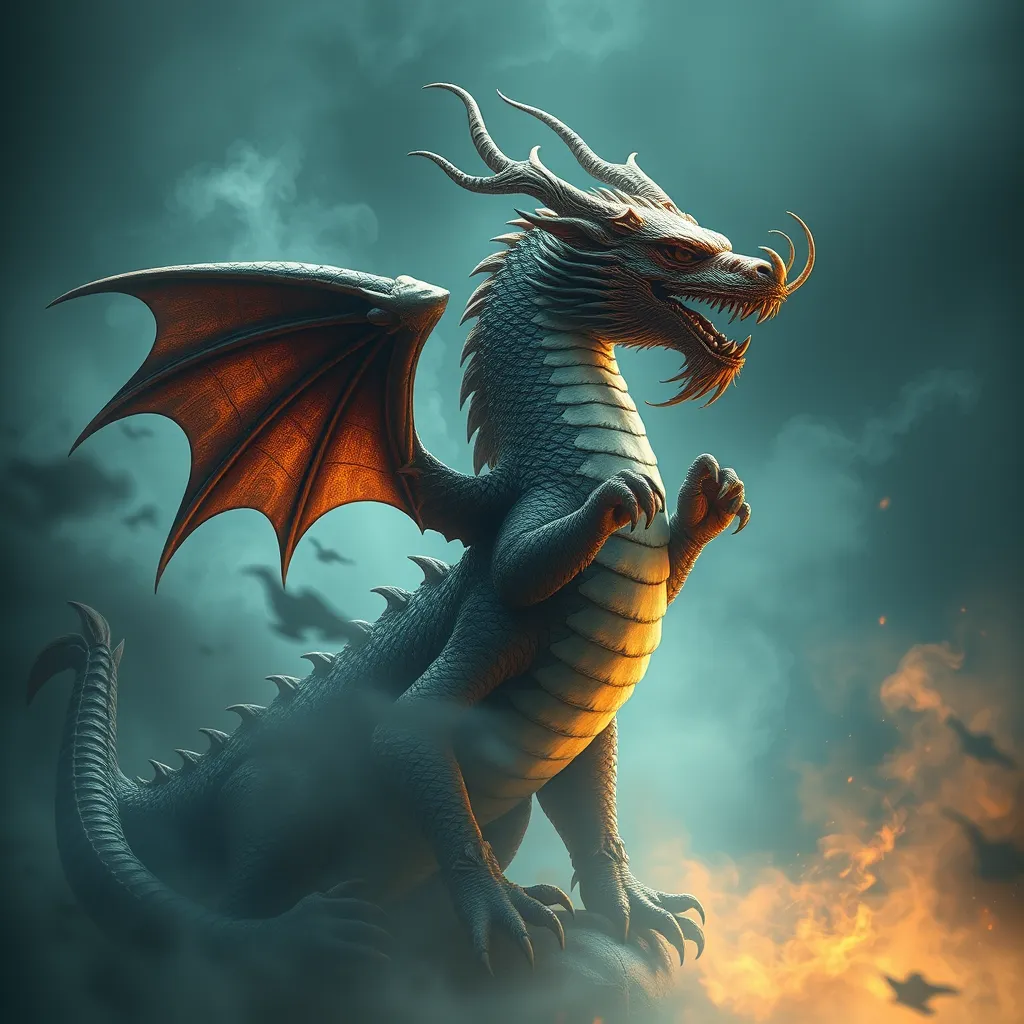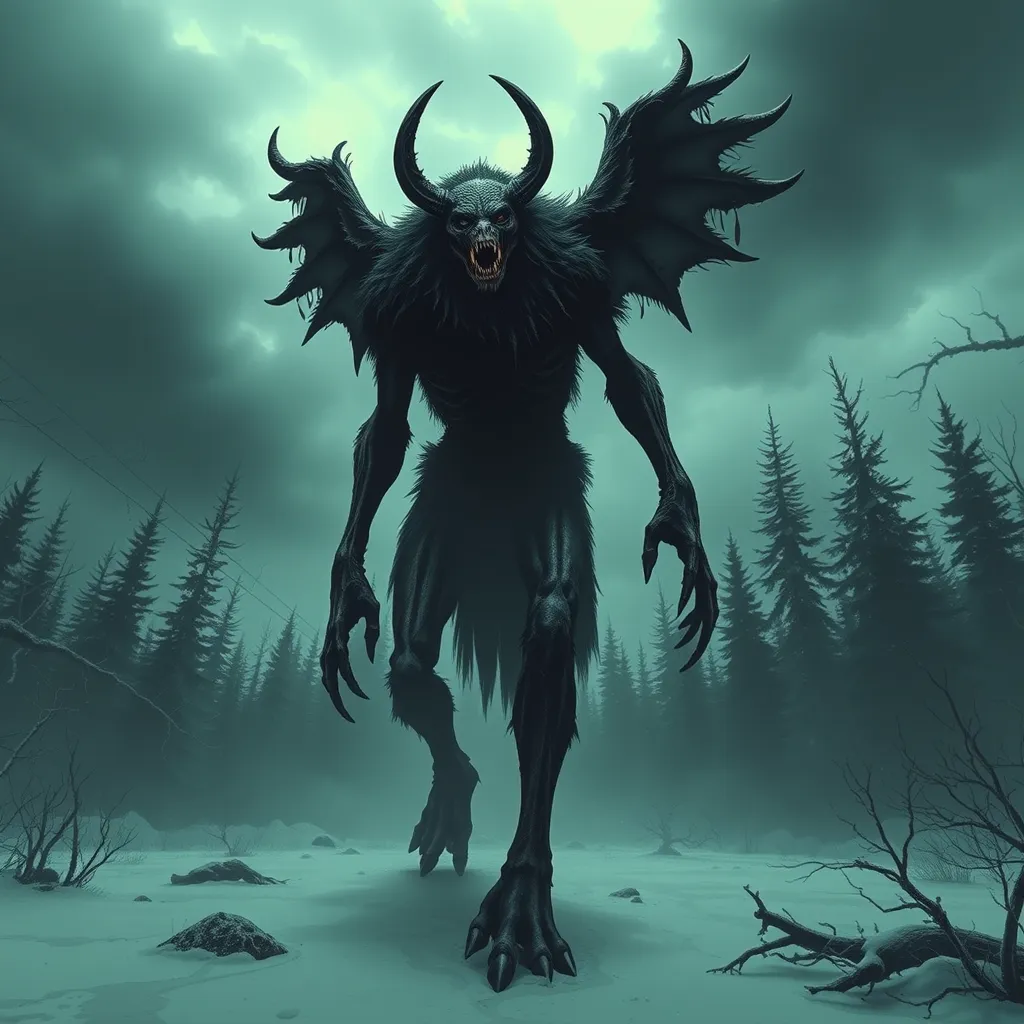The Guardian of the Treasures: Dragons in Indian Mythology and Their Symbolic Power
I. Introduction
Dragons have captured the imagination of cultures around the world, often depicted as powerful, mystical creatures with the ability to soar through the skies, breathe fire, or even control water. While Western mythology frequently presents dragons as malevolent beasts to be slain, many Eastern traditions, including Indian mythology, portray them as complex beings with a multifaceted role.
In Indian mythology, dragons—or Naga, as they are commonly referred to—hold a unique position as guardians of treasures and protectors of sacred knowledge. This article aims to explore the historical context, iconography, and symbolic powers of dragons in Indian mythology, as well as their relevance in modern society and their comparative aspects with dragons in other cultures.
II. Historical Context of Dragons in Indian Culture
Dragons in Indian culture can be traced back to ancient texts and scriptures. The mention of Nagas appears in Vedic literature, where they are often depicted as serpent deities associated with water and fertility.
- Ancient Texts: References to dragons can be found in texts such as the Mahabharata and Ramayana, where they play significant roles in various stories.
- Folklore Evolution: Over centuries, the symbolism of dragons evolved, integrating with local folklore and beliefs, becoming more nuanced in their representation.
- Comparative Analysis: Unlike Western dragons, which are often depicted as evil, Indian dragons embody a mix of benevolence and ferocity.
III. Iconography of Dragons in Indian Art and Literature
The depiction of dragons, or Nagas, is prevalent in Indian art and literature, showcasing their importance in the cultural fabric of the nation.
- Artistic Depictions: Ancient sculptures and paintings often showcase Nagas as multi-headed serpents, sometimes intertwined with deities, symbolizing their protective nature.
- Literary References: In the Mahabharata, the Naga king Vasuki plays a crucial role during the churning of the ocean, symbolizing the connection between the divine and the earthly.
- Regional Variations: Different regions of India portray Nagas in various forms, influenced by local beliefs and practices, enriching the overall imagery of these creatures.
IV. Dragons as Guardians of Treasures
In Indian mythology, dragons are often seen as protectors of immense treasures, both material and spiritual.
- Concept of Guardianship: Dragons are frequently depicted as beings that guard sacred sites, ancient texts, and untold wealth, emphasizing their role as protectors.
- Symbolic Treasures: The treasures guarded by dragons can represent wisdom, fertility, and prosperity, linking them to the well-being of communities.
- Case Studies: The story of Naga Kaliya, who was subdued by Lord Krishna, illustrates the concept of a dragon protecting treasures of the earth and water.
V. Symbolic Powers of Dragons in Indian Mythology
The symbolic power of dragons in Indian mythology is profound, representing various aspects of life and nature.
- Strength and Power: Dragons symbolize immense strength, often representing the untamed forces of nature.
- Benevolence vs. Malevolence: While many dragons are seen as benevolent guardians, some may exhibit fierce characteristics, embodying the duality of their nature.
- Natural Elements: Dragons are often associated with natural elements—such as water and fire—showing their connection to the earth and its resources.
VI. Modern Interpretations and Relevance
In contemporary India, dragons continue to inspire various forms of media and societal beliefs.
- Contemporary Media: Dragons are portrayed in films, television shows, and literature, often reinterpreted to resonate with modern audiences.
- Cultural Significance: The symbolic meanings of dragons are reflected in festivals, art, and popular culture, maintaining their relevance in modern society.
- Younger Generations: There is a resurgence of interest in dragon mythology among younger generations, who explore these stories through various digital mediums.
VII. Comparative Analysis with Dragons in Other Cultures
Dragons in Indian mythology share similarities and differences with their counterparts in other cultures, revealing universal themes.
- Chinese Dragons: Like Indian dragons, Chinese dragons are often associated with water and are seen as benevolent, contrasting with the more malevolent Western dragons.
- European Dragons: European folklore often depicts dragons as threats to be overcome, whereas Indian dragons hold a more protective and revered status.
- Cultural Exchange: The exchange of ideas and beliefs between cultures has influenced the depiction and understanding of dragons across different societies.
VIII. Conclusion
Dragons in Indian mythology serve as powerful symbols of strength, guardianship, and the duality of nature. Their roles as protectors of treasures highlight their significance in safeguarding both material and spiritual wealth.
The enduring legacy of dragons, as guardians of treasures and symbols of power, reflects the rich tapestry of Indian mythology and its relevance in contemporary society. As interest in these mythical beings grows, they continue to inspire new generations, ensuring that the stories of these magnificent creatures are passed down through time.



